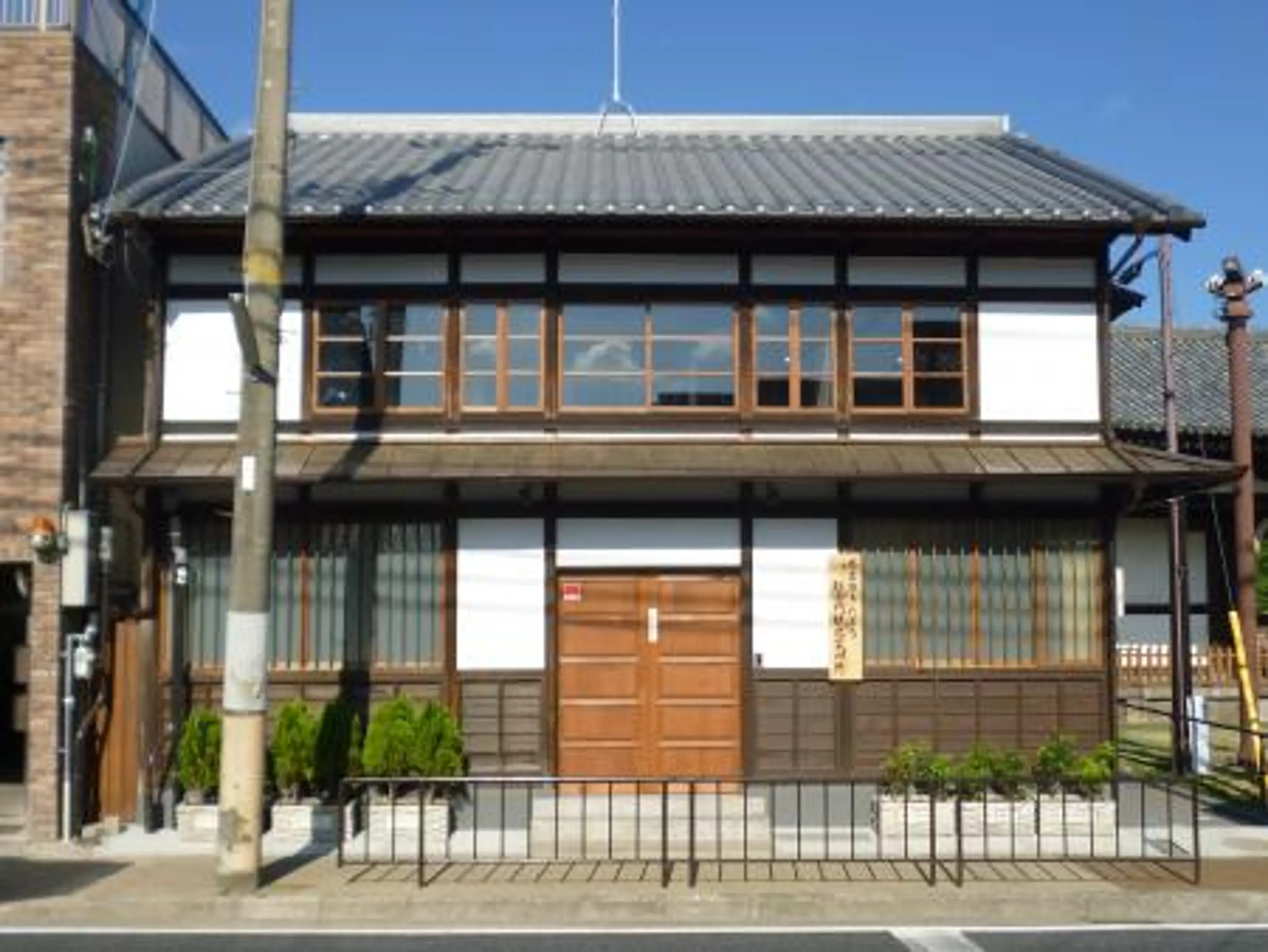Model Course
「きたまち」歩き 3時間コース
かつて奈良の北の玄関口として多くの旅人が行き交い、商業も発展したこの地域には、鹿せんべいづくりなど奈良らしい地域産業の商店や地元住民の日常生活を支える店舗がたくさん存在します。 新しい奈良の発見にちょっと足を伸ばして散策してください。
| Areas |
kitamachi |
|---|
Model Course
Nara City Tourist Information Center
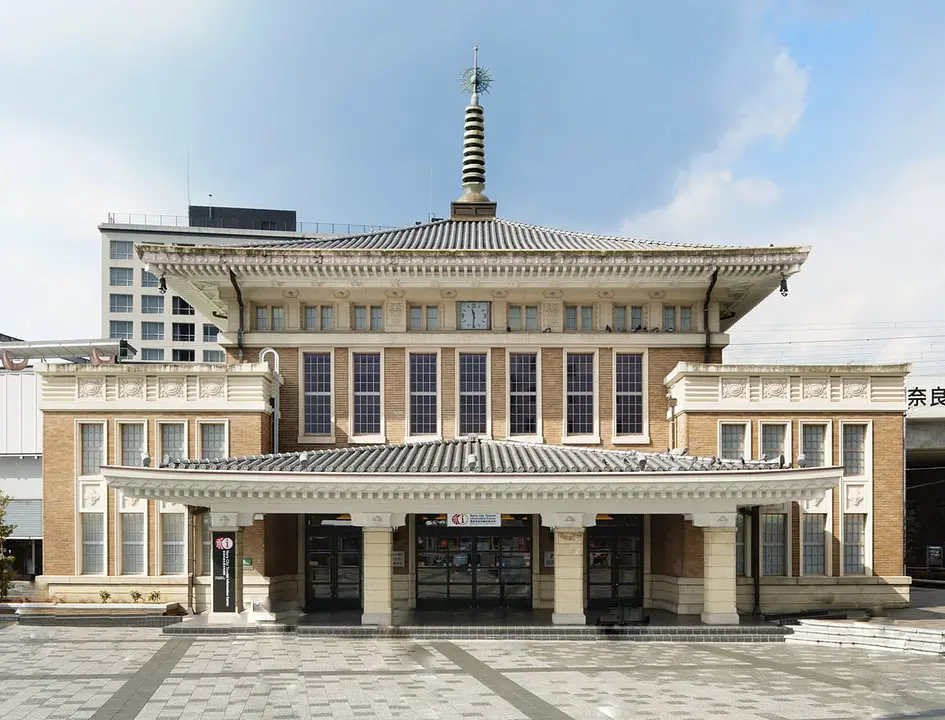
Nara City Tourist Information Center
The former station building of JR Nara Station opened on July 25, 2009 as the Nara City General Tourist Information Center. There is also tourist information in foreign languages and a tourist information search corner connected to the internet.
Nara City Kitamachi Nabeya Tourist Information Center
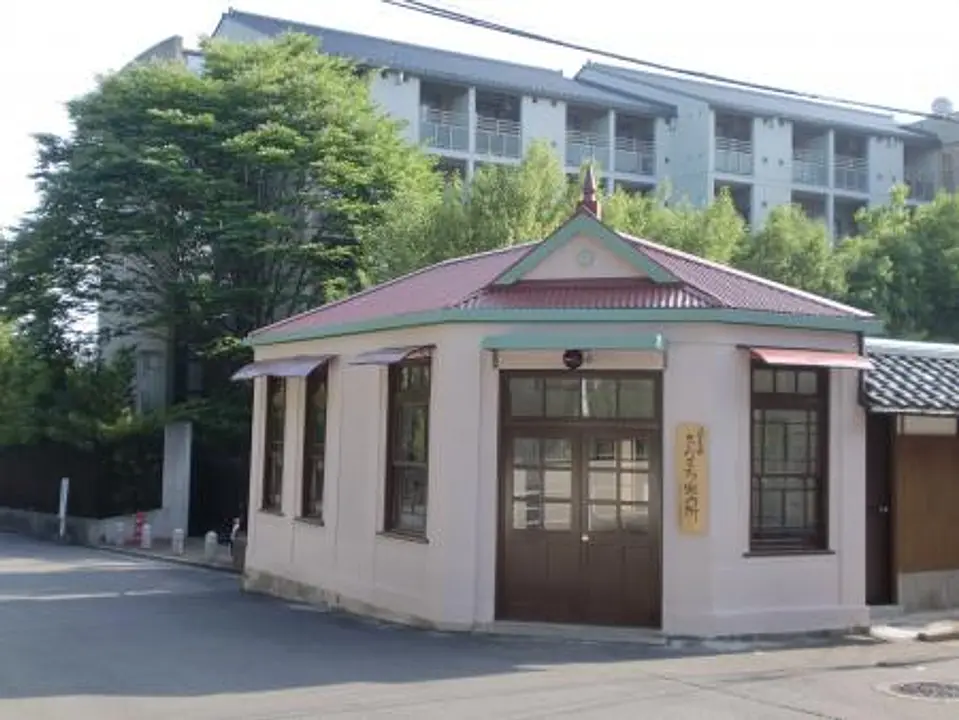
Nara City Kitamachi Nabeya Tourist Information Center
建物は、長らく「鍋屋の交番」として親しまれてきた旧奈良警察署鍋屋連絡所(明治41年設置、昭和3年に現在の半田横町に移転)を改築したものです。 地域の声により、保存、改修を経て新たに生まれ変わりました。 独特な洋風の外観はそのまま生かし、きたまちの玄関口で、地域の観光案内や地域活動の活性化、大学の研究・教育拠点など、さまざまな活動をしています。 (登録有形文化財)
Mausoleum of Emperor Shomu/Empress Komyo
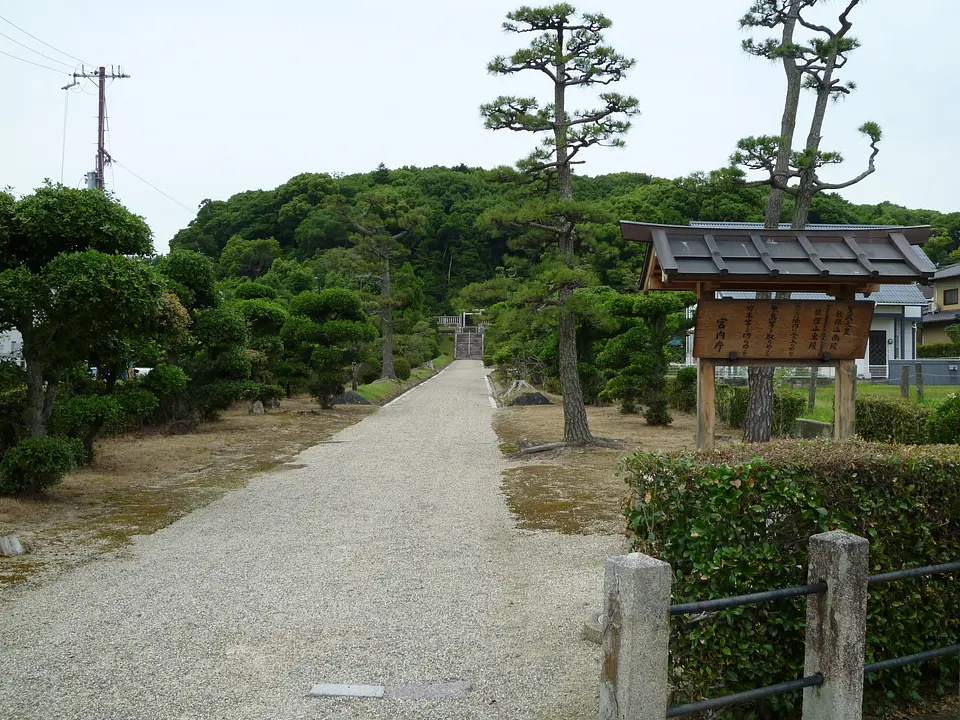
Mausoleum of Emperor Shomu/Empress Komyo
Immediately west of Tamon Castle Ruins. Many tombs of emperors and members of the imperial family from the Nara period were built in this Mt. Saho area, including the tombs of Emperor Genmei and Gensho.
Naraduhiko-jinja Shrine
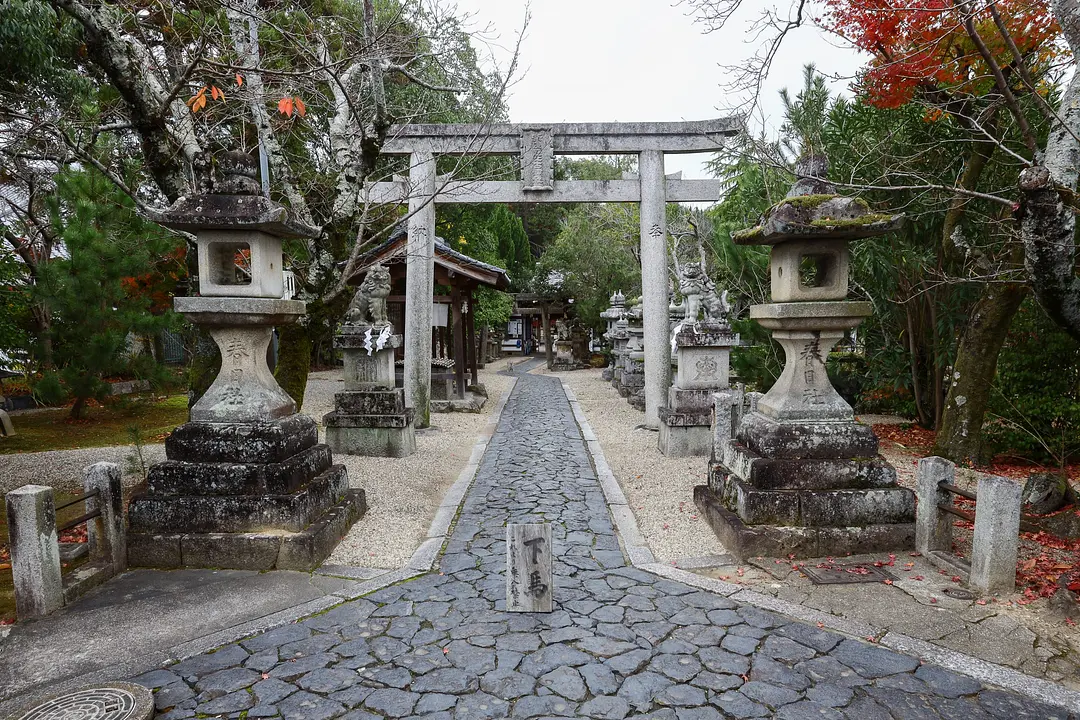
Naraduhiko-jinja Shrine
An old shrine dedicated to Emperor Konin's father, Prince Shiki (Prince Shiki), and others. The Okinamai, which is offered at the evening festival during the autumn festival, retains an old form that is said to have influenced Nohgaku as well, and was designated as a national important intangible folk cultural property in 2000. Ta. There is also a huge camphor tree within the precincts, which is designated as a natural monument by the prefecture.
Hannya-ji Temple
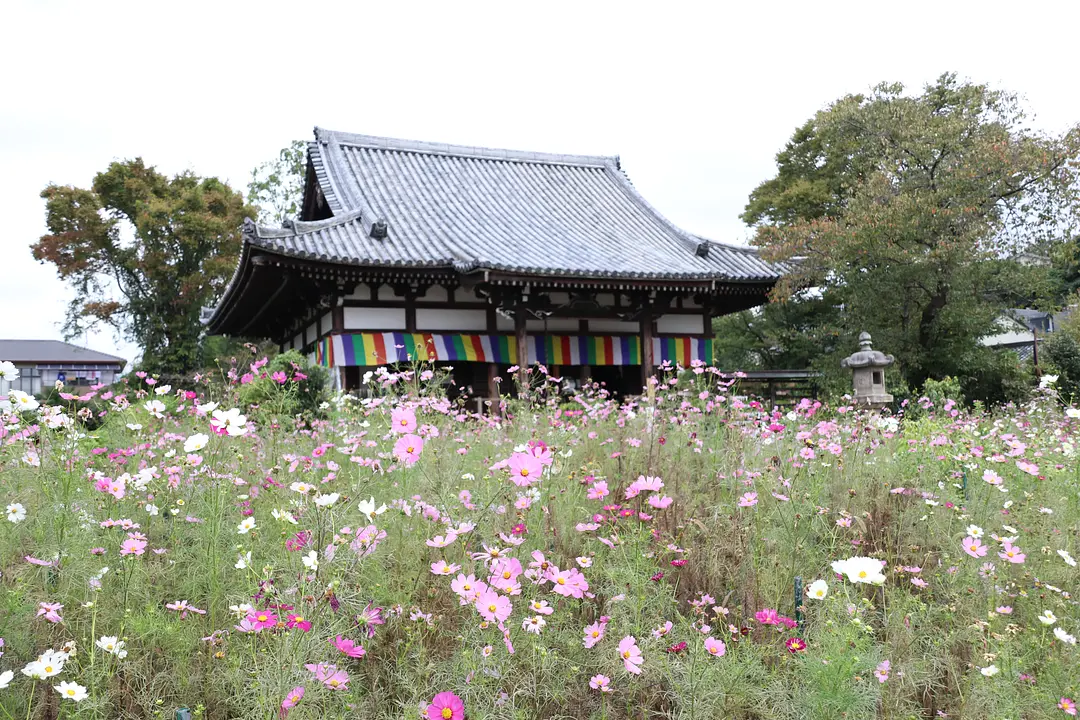
Hannya-ji Temple
Built in the end of 6th century, Hannyaji-temple became a temple to protect the kimon or the gate facing the north-east of the former capital, Heijō-kyō. Since it is located at an important point on the Nara Kaidō road, many of the temple structures were lost to fires caused by various outbreaks of war. However, temple treasures such as the rō-mon gate (National Treasure) from the Kamakura period, known for its elegant beauty, the thirteen-story stone pagoda built by a mason called I-no Yukisue from Sung Dynasty China, which is the one of the largest in Japan, and the statue of the bodhisattva Monju riding a lion with its powerful design and shape, are all impressive. It is also known as the Flower Temple, since it possesses flowers blooming in each of the four seasons such as cosmos, daffodils and kerria japonica, etc. It is a breathtaking view when the flowers of cosmos fill the temple precinct, and that is why it has come to have another name, the Cosmos Temple.
Nara City Kitamachi Tegaimon Tourist Information Center
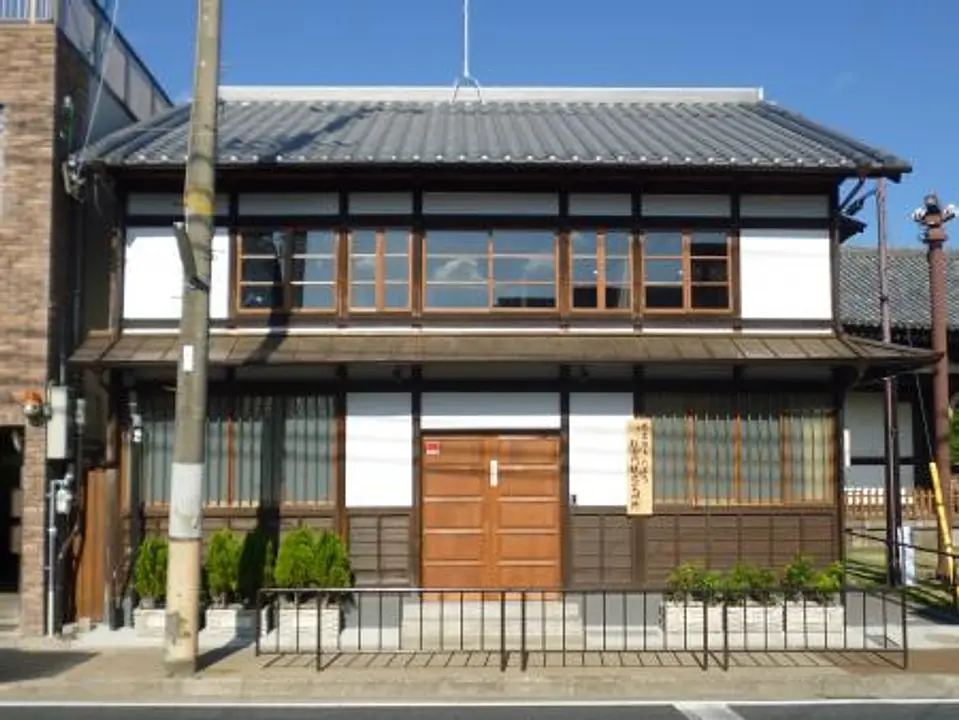
Nara City Kitamachi Tegaimon Tourist Information Center
This information center building was constructed in 1945 as the Nanto Bank Tegai Branch. It was designed by modern architect Heitaro Iwasaki, and is a valuable piece of modern architecture that retains the form of a townhouse. In cooperation with the "Former Nabeya Koban Kitamachi Information Center", which opened in July 2012, the information center provides information on the Kitamachi area, in addition to world heritage sites such as Todaiji Temple and Shosoin, and historic townscapes. We will disseminate the charm of Kita town, including its modern heritage.
Todaiji Temple - Tegaimon Gate
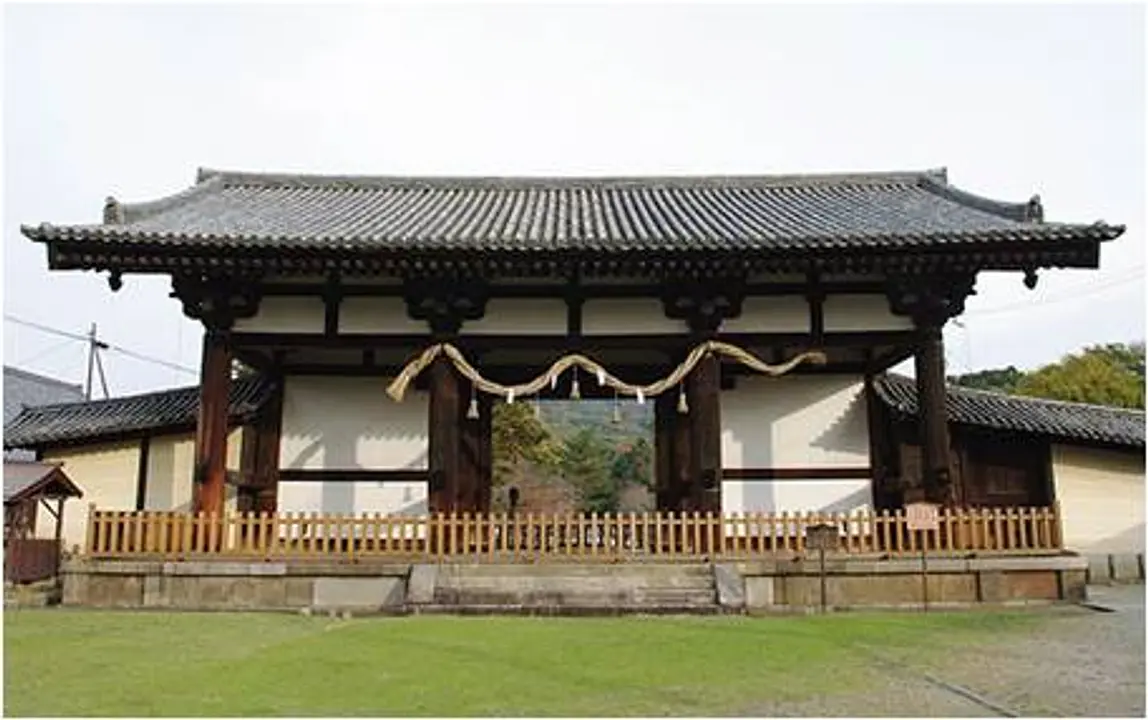
Todaiji Temple - Tegaimon Gate
This impressive gate is located in the north-west of the temple precinct, on the west side of Shosoin Hall, and has the style of an eight-pillared, three bayed gate with one entrance. This is one of the few buildings within the temple complex still remaining, even after the fires set by Taira-no Shigehira (1180), and the fires from the battle of Miyoshi / Matsunaga (1576) and is the single remnant allowing us to imagine Tempyo Era temple architecture of Todaiji Temple.
